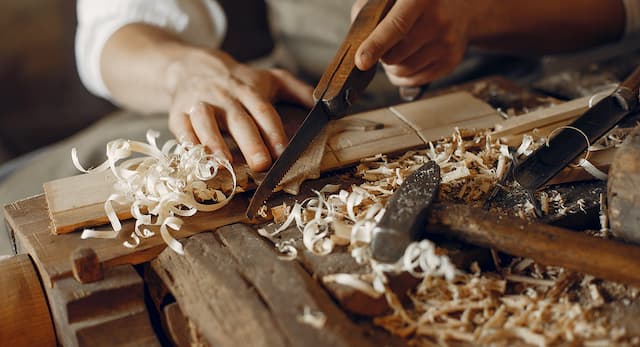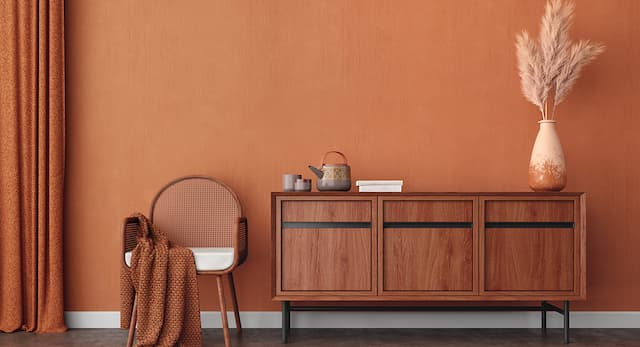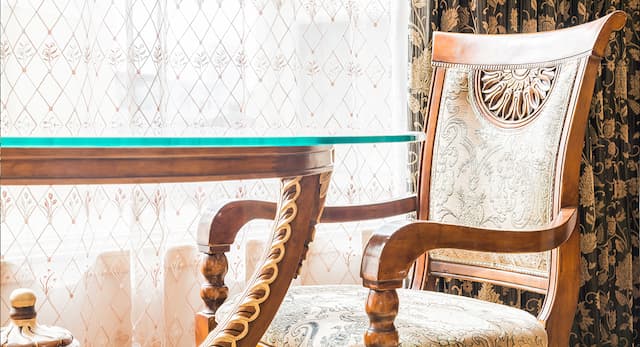Joinery Works: The Process from Manufacturing to Packaging in 2024
The interest in craftsmanship and custom building is nothing new. Joinery companies find themselves busier than ever, thanks to the increasing demand as new projects are taking place.
Homeowners fed up with impersonal mass-produced furniture are realizing the transformative design potential of bespoke carpentry and joinery – where each unique credenza, cabinet, staircase, or striking architectural detail celebrates the care, talents, and passion of master woodworkers instead of factory code numbers.
Indeed, the promise of infusing spaces with tailored originality that feels meaningfully connected to ancestral trades carries tremendous new appeal after years of prioritizing minimalism over-enrichment.
Joinery works that leverage both cutting-edge workshop technologies and generations of woodworking expertise help spaces transcend trends to achieve a richness aligned with enduring craft principles.
Built from natural materials joined with precision to last lifetimes, they tell intimate stories shaped by human hands. As joiners pass skills honed over lifetimes on to emerging practitioners, they ensure ancient artistic building methods serving us for millennia continue on as relevant design centerpieces.
The Process of Joinery Works
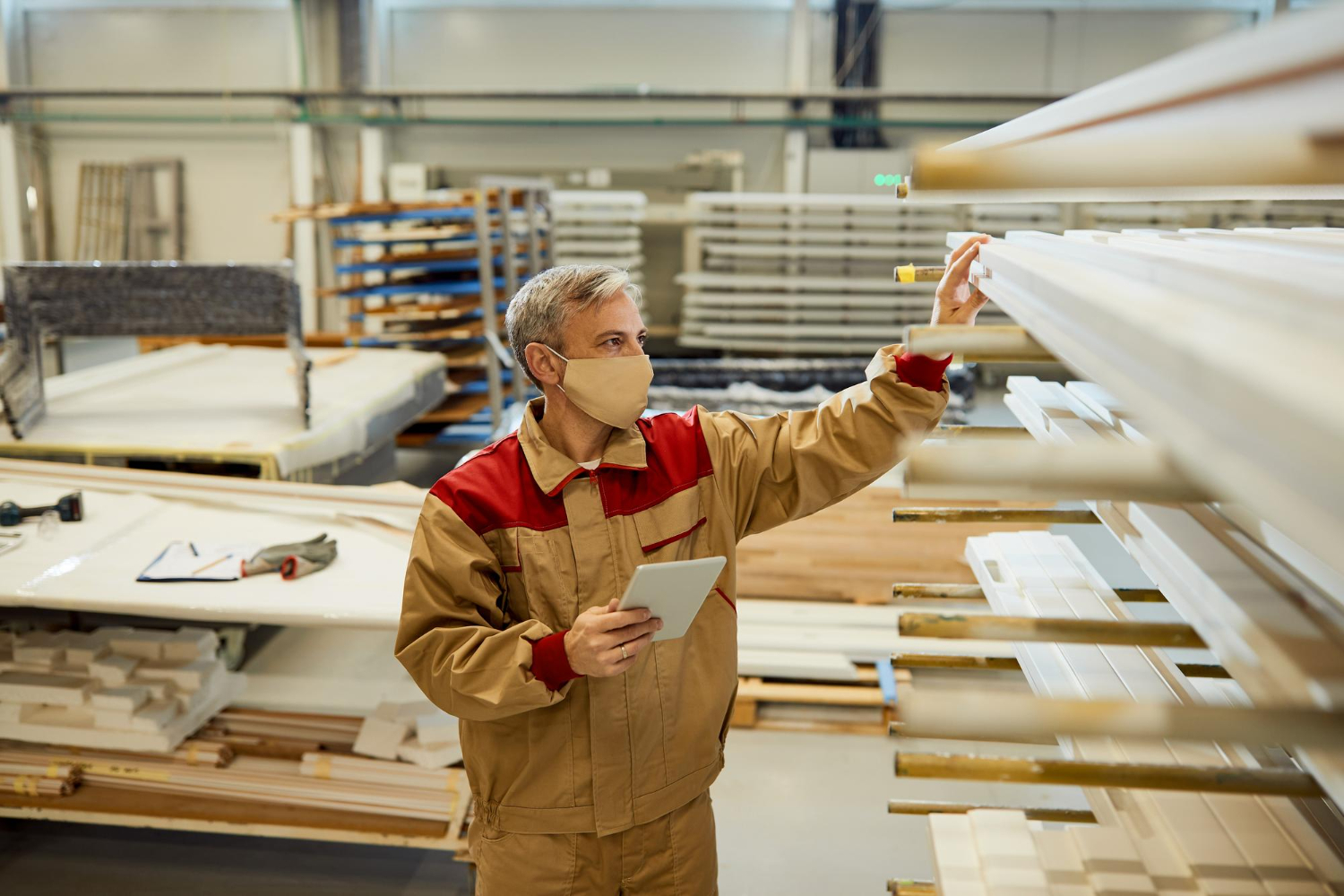
Creating bespoke joinery works involves considerable behind-the-scenes preparation before tangible woodworking even begins. Key steps include:
Design Consultation
Clients convey their vision aesthetically and functionally to guide designs. Joiners assess spaces/uses and suggest creative options.
Digital Conceptualizing
Joiners use CAD software to model preliminary designs for client approval before production. This allows easy modifications and better results.
Material Selection
Specialty wood/material vendors are located and sourced for unique project needs based on appearance, workability, and cost.
Prototyping
Building miniature versions first enables testing constructability, visual impacts, and modification potential prior to fully committing.
Fabrication
Blending CNC machining efficiencies with precision hand-tooling craftsmanship enables the delivery of intricate bespoke projects.
Master Finishing
Artisanal preparation like hand-scraping and sanding ensures flawless sealed surfaces. Multiple thin coats applied reveal depth.
Quality Assurance Check
Meticulously examining the piece for any imperfections needing touch-up ensures pristine quality ready for final installation.
Protective Packaging
For remote clients, customized transport-proof projects can prevent incidental damage after departing the joinery studio.
Types of Joinery Works
The breadth of custom architectural and decorative undertakings joinery workshops produce is vast, including:
- Cabinetry: From free-standing pantries to full-wall kitchen systems.
- Furniture: This includes tables, beds, bookshelves, dressers, and unique statement pieces.
- Ceilings: This includes vaulted timbers, complex geometric latticework, and ornamental medallions.
- Flooring: This includes parquet, herringbone patterns, borders, custom wood accents
- Stairs/Railings: This comes as complex integrated geometries and artful balusters.
- Doors/Windows: Tailored to openings with striking carvings and inlaid textures.
- Wall treatments: From decorative finishings to intricate shelving to full-height molded panels.
Whether complementing overall architectural visions or providing standalone focal elements, joinery possibilities are endless. Even smaller accents like custom jewelry boxes or food-safe cutting boards require refined specialty skills. Synergizing multiple artisanal trades opens new realms – with woodturning, carving, marquetry, and finishing expanding applications further through rich material contrasts.
Characteristics of Joinery Works
At its core, joinery works exist to elevate and beautify our environments through striking bespoke details rather than mundane construction necessities. Authentic joinery works demonstrate refined artisanal traits including:
Seamless Construction
Components intricately fit without noticeable gaps or transitions between solid wood pieces for a smooth unified appearance.
Invisible Joinery
Precisely worked structural joints integrate subtly to not detract from natural wood beauty. Signifies attention to detail.
Balanced Sturdiness
Joints are strong enough for longevity yet avoid over-engineering so wood can flex slightly to prevent breakage.
Precise Lines & Contours
Graceful and consistent curves/angles tailored for ergonomics and visual harmony.
Ornamental Textures
Thoughtful embellishments like inlaid metals, exotic veneers, or hand-carved patterns showcase creativity.
Impeccable Sanding & Finishing
Masters carefully prepare and treat surfaces for optimal consistency, longevity, and richness.
Bespoke Customization
Joiners uniquely tailor everything from dimensions to integrated features to material choices to client priorities when designing original pieces.
Such traits separate joinery works from standard carpentry through artisanal refinement. They simultaneously exist to be actively enjoyed yet withstand decades of use thanks to heritage-building science.
Materials Used in Joinery Works
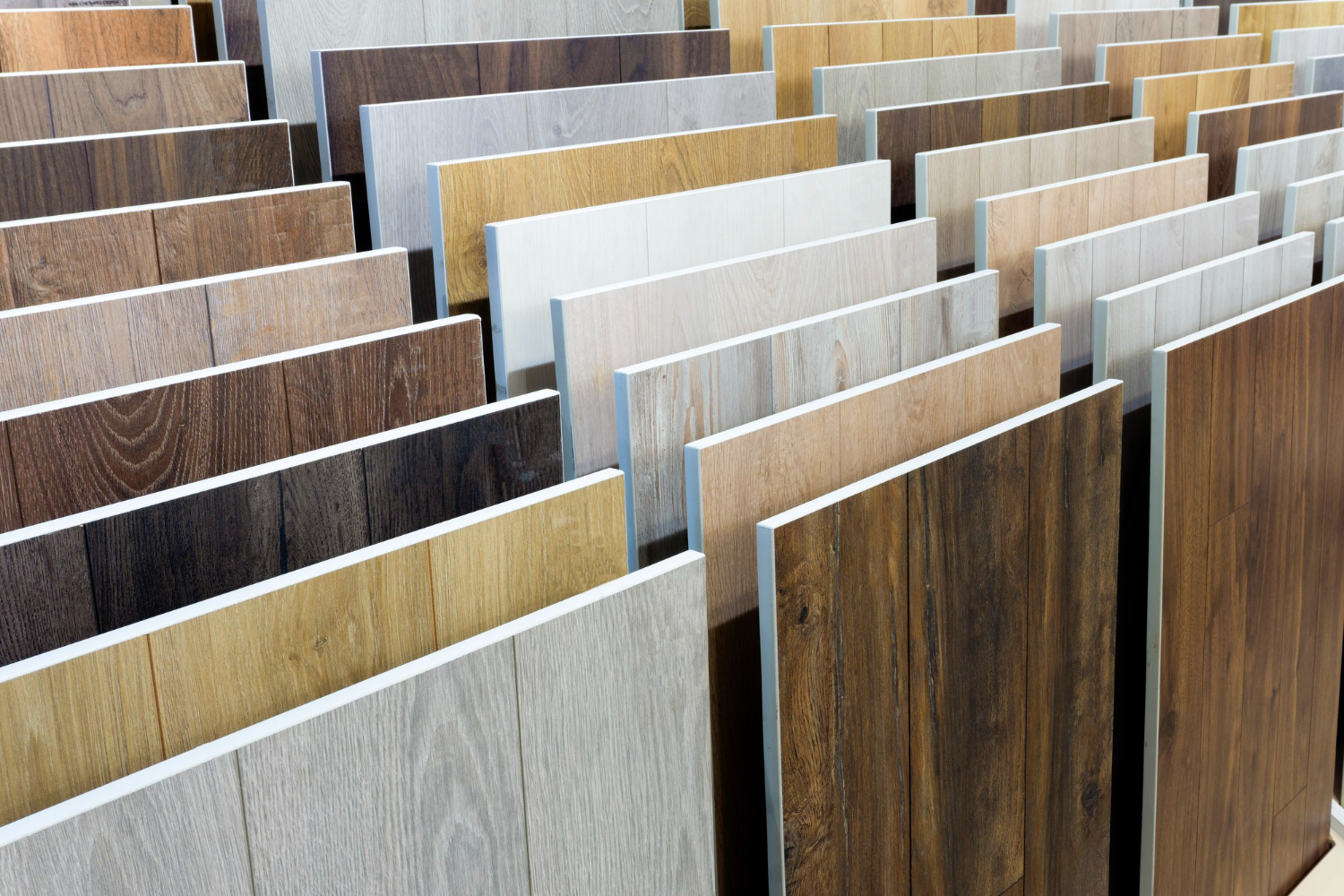
Alongside essential structural integrity, material selection significantly impacts cost, workability, and final appearance. Traditional hardwoods like oak, teak, walnut, ebony, and mahogany remain cherished for their rich grains, carving potential, and resilience once sealed.
However, more designers also integrate special veneers, recycled woods, or alternative sustainable species as environmental awareness grows.
Responsible sourcing and forestry stewardship rise in priority as well. Beyond solids, many projects incorporate stone, glass, leather, and hand-forged metals for contrast.
Custom materials research and sourcing thus become pivotal to achieving unique artistic visions and enduring luxury quality.
Technologies Used in Joinery Works
Blending heritage hand techniques with digital era technologies propels the joinery discipline into the future while respecting tradition. Computer numeric control (CNC) machines now cut, shape, and joint materials requiring exhaustive manual effort in a fraction of time.
This enables prolific creativity and faster production. Robotic arms also apply finishes flawlessly. However, artisans still oversee each step to guarantee refined quality sustaining generations.
We additionally see computer-aided design (CAD) streamlining concepts digitally before committing final pieces to production. Virtual modeling enables quicker client approval while preventing costly rework.
Clients may even preview designs using augmented reality to digitally envision items within intended spaces before full fabrication. Such tech fusion upholds beloved hallmarks of mastery while empowering productivity, precision, and progressive possibilities.
Cost of Joinery Works
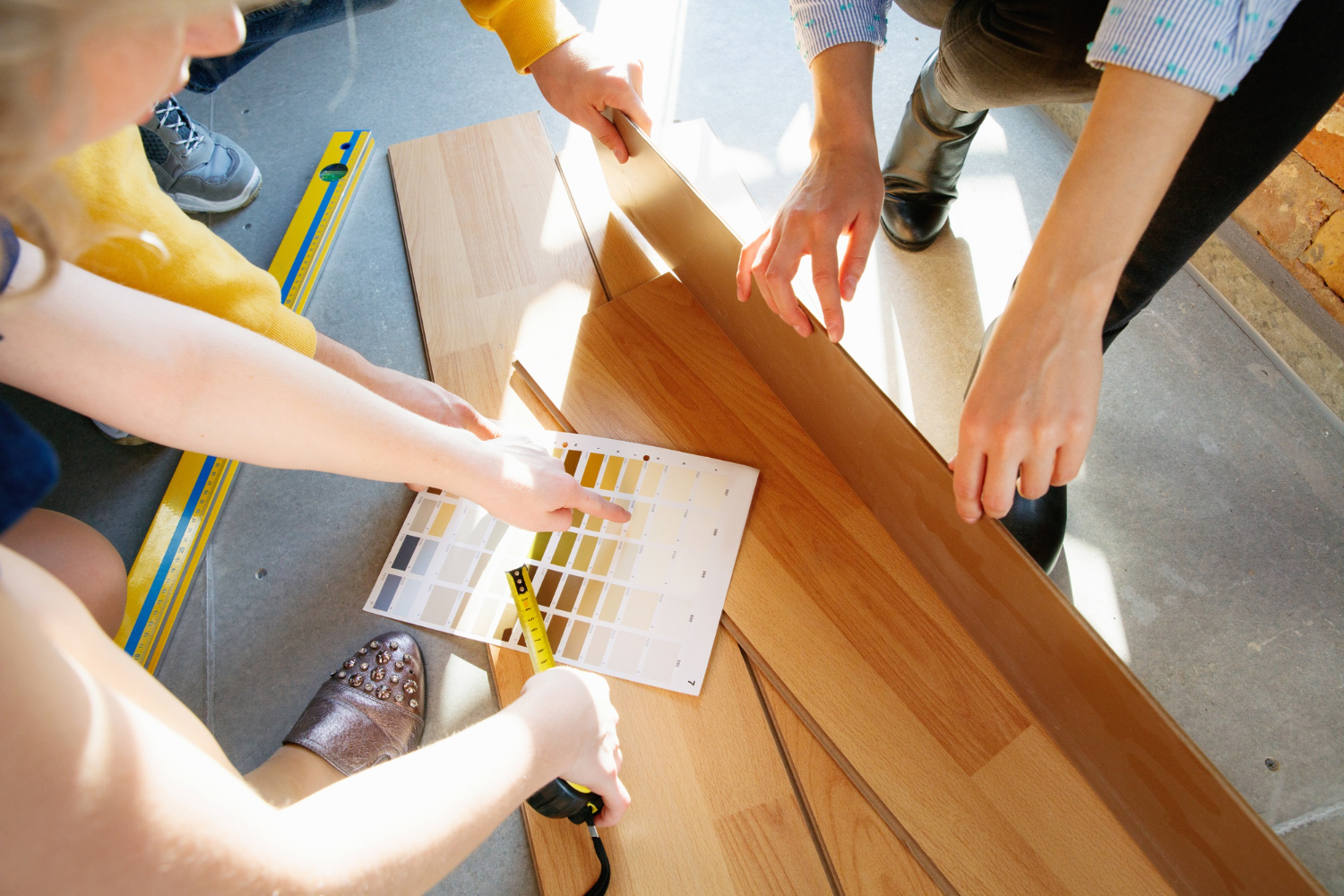
As extensive labor goes into individually conceptualizing and constructing bespoke joinery works, costs understandably exceed mass-manufactured wares.
Yet, you must understand such quality artistry cannot equate with cookie-cutter strip mall furniture disposable after a few years. With some elite galleries pricing entry-level works over 100k US dollars, thanks to exotic materials and intensive artisan hours, cost spectrum variance is tremendous.
However, focusing on responsible domestic woods and clean design aesthetics helps lower pricing without sacrificing lasting enjoyment and everyday livability. Setting budgets before embarking on fully customized projects also streamlines decisions when presented with nearly endless inspirational options.
Investing in craftsmanship that’s able to upgrade spaces for generations ultimately offers rewarding value despite higher initial outlays. After all, you cannot put a price on surrounding oneself with meaningful handmade creations imbuing functionality with soul.
Final Thought
As our interior spaces shape so much of daily experience, granting them the gift of artisanal humanity through conscientious joinery works ensures profound enrichment for years ahead.
Each expertly worked joint made to fit perfectly and last, further enhanced by the inherent beauty of natural woods, makes joinery's value self-evident. Indeed, the sensory warmth and patina of lovingly shaped timber transcends technological progress.
While offering untold options for customization, joinery works ultimately reconnect occupants with heritage – the echoes of hammer taps and chisel chips left in the grain ever link present moments to centuries of woodworking tradition still very much thriving thanks to devoted contemporary craftspeople.
PARTENZA reveals wooden artistry's highest ideals and continues handcrafting joinery pieces to inspire others. You can contact us now to explore the joinery works that suit you best.
Frequently Asked Questions
What Types of Projects Do Joinery Workshops Commonly Work On?
Joinery workshops handle a wide array of residential and commercial projects from custom cabinetry and furniture to architectural elements like ornate ceilings, carved doors, staircases plus accent walls, and specialty wood flooring installations.
What Modern Technologies Help Joinery Companies Improve Production?
Many joineries today blend digital advances like computer numeric control (CNC) machining, robotic finishing applicators, and 3D modeling software for enhanced speed, accuracy, and design flexibility when fabricating bespoke furniture and fixtures.
How Long Do Quality Joinery Pieces and Installations Last?
Meticulous joinery made from moisture-resistant hardwoods able to flex without failing can easily last over 100 years with proper care and maintenance. Some antique joinery has survived several centuries.
Is Environmentally Sustainable Joinery Work Available?
Yes, many modern joiners prioritize eco-stewardship by using locally sourced woods from responsible forests and mills, along with recycled/reclaimed lumber. Such pieces last generations thus preventing waste long-term.
What Factors Most Influence Joinery Project Pricing?
Factors like design intricacy, materials rarity, specialized finishing techniques performed manually, the scope of the project, and labor hours significantly impact overall joinery pricing.
Why Is Authentic Joinery Work So Much More Expensive Than Store Bought Items?
One-of-a-kind joinery works involve extensive custom design collaboration, material procurement, many specialized trade skills, and 100% handcrafted fabrication.

